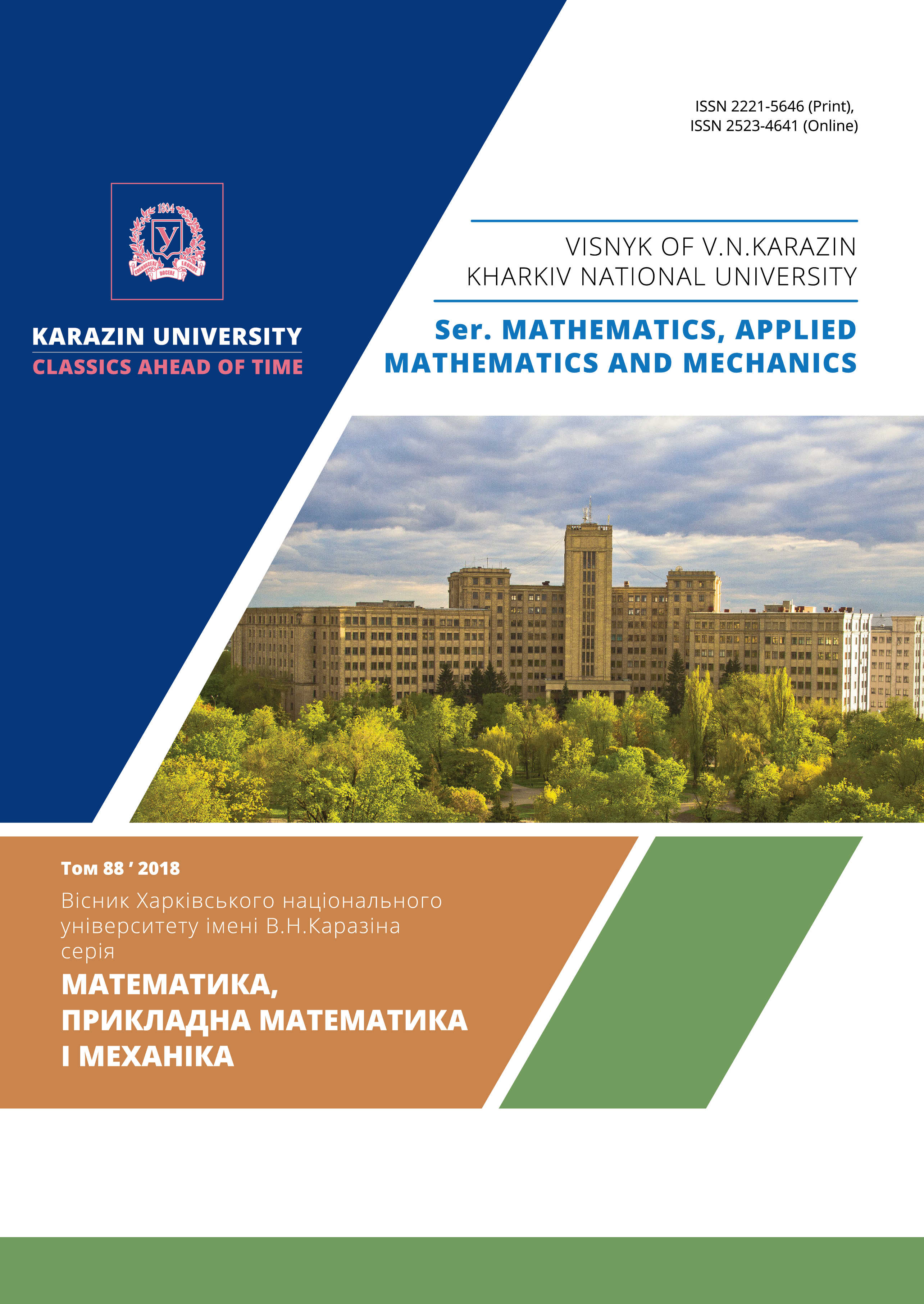Numerical simulation of the thermodynamics of a fast neutron reactor
Abstract
The article deals with one reactors design, which, under the International Forum, are attributed to the 4th generation of the GIF-IV (Generation IV International Forum) of fast neutron reactors with a helium coolant and a closed fuel cycle (GFR). Although the use of helium as a coolant in reactors of this type and has great advantages in comparison with other coolants, for example, CO2 gas, however, due to the great difficulties encountered in the implementation of such a project, only prototypes of similar reactors are currently implemented. Due to the complexity of gas flow in the collectors and backfill, the averaged flow of the coolant is considered throughout the proposed mathematical model. It is assumed that the averaged flow is symmetric everywhere relative to the common axis of the cylinders forming the annular domain, and, consequently, is axisymmetric, that is, two-dimensional. One such annular cylindrical cavity will be called a fuel element. The mathematical model of a cassette of several such fuel elements connected by common distributed and gathering collectors is considered in the article. The algorithm for solving the arising non-stationary initial-boundary value problem is proposed in the article, as well as the results of some computational experiments that are obtained using the PC program, compiled and debugged by the author of the article. The experiments were carried out both for one fuel element, and for cassettes of 2, 3 and 4 fuel elements. The algorithm for solving the arising non-stationary initial-boundary value problem is proposed in the article, as well as the results of some computational experiments that are obtained using the PC program, compiled and debugged by the author of the article.
Downloads
References
S.V. Zhuchenko, Numerical model of an axisymmetric current of the heat carrier in collectors for fuel elements of an axial blowing. Visnyk of V.N.Karazin University. Ser. Mathematical modeling. Information technology. Automated control systems, 2016. --- Vol. 32, --- P. 35--49.
S.V. Zhuchenko, The calculable program PEVM designing the flow of coolant gas in a nuclear reactor fast-neutron. Collected Works of XVIII the International symposium of Methods of discrete features are in the tasks of mathematical physics, 2017. --- Kharkiv, -- P. 119--123.
S.V. Zhuchenko, The first calculable experiments designing thermodynamics of active zone of nuclear reactor fast-neutron. Collected Works of the International scientific and technical conference the "Computer design in the science capacious technologies", 2018. --- Kharkiv, --- P. 114--117.
O.M. Belotserkovskii, L.I. Severinov, The conservative "flow" method and the calculation of the flow of a viscous heat-conducting gas past a body of finite size, U.S.S.R. Comput. Math. Math. Phys., 1973. --- 13: 2, --- P. 141--156.
S.M. Belotserkovsky, M.I. Nisht, Excavate and steady airflow around the thin wings by ideal fluid. --- Moscow: Nauka, 1978. --- 352 p.
G. Schlichting, Theory of the boundary layer. 1974. Moscow: Nauka, 712 p.
P. Roach, Computational Fluid Dynamics. 1980. M.: Mir, 618 p.
The copyright holder is the author.
Authors who publish with this journal agree to the following terms:
1. Authors retain copyright and grant the journal right of first publication with the work simultaneously licensed under a Creative Commons Attribution License that allows others to share the work with an acknowledgement of the work's authorship and initial publication in this journal. (Attribution-Noncommercial-No Derivative Works licence).
2. Authors are able to enter into separate, additional contractual arrangements for the non-exclusive distribution of the journal's published version of the work (e.g., post it to an institutional repository or publish it in a book), with an acknowledgement of its initial publication in this journal.
3. Authors are permitted and encouraged to post their work online (e.g., in institutional repositories or on their website) prior to and during the submission process, as it can lead to productive exchanges, as well as earlier and greater citation of published work (see The Effect of Open Access).




